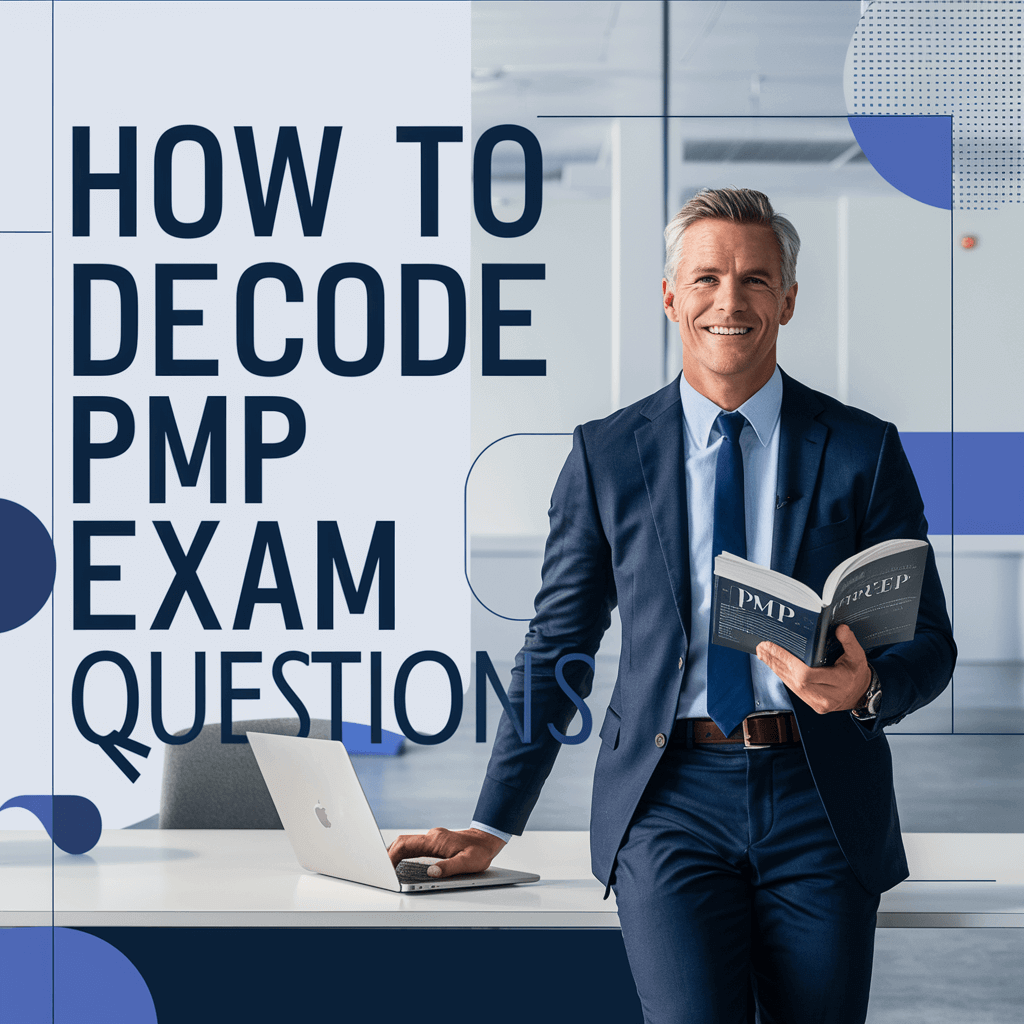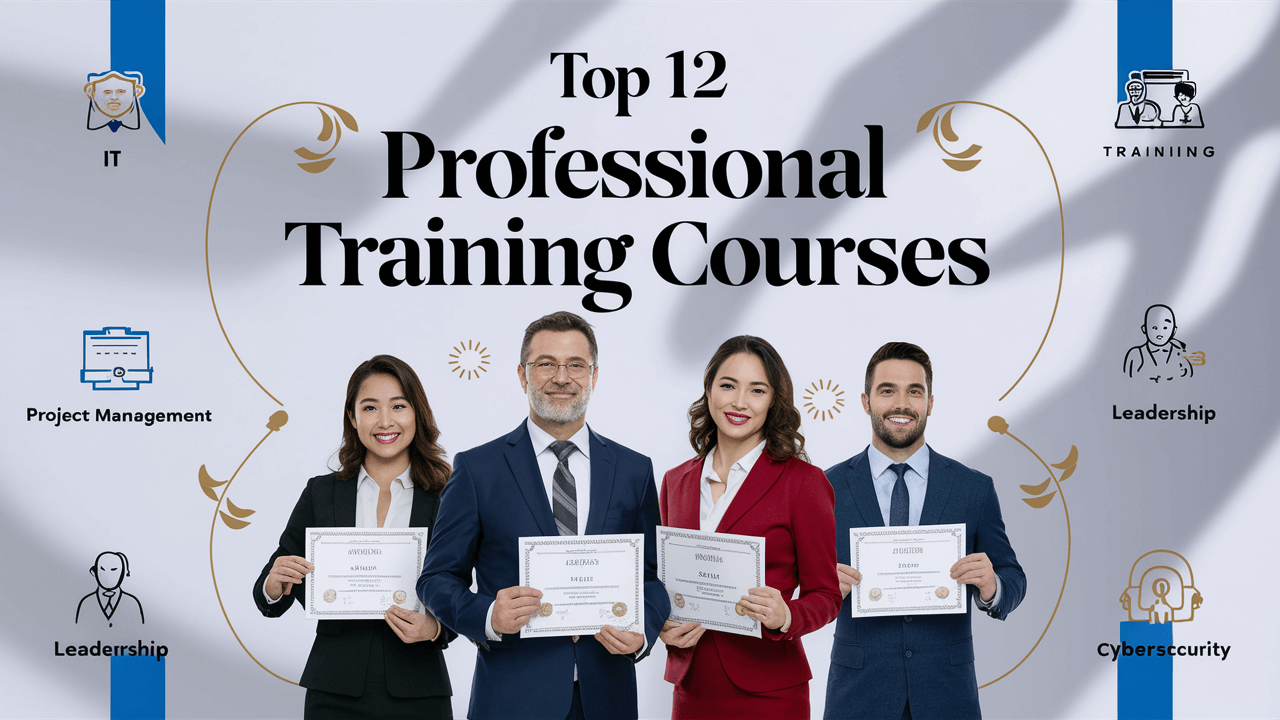In 2025, the need for excellent project management professionals is rising. As estimated, there is a need for nearly 25 million new project managers worldwide. Organizations are realizing the huge potential of skilled project managers. That being the case, Project Management Professional Certification is the key to individuals who want to excel in this domain. This much-coveted certification provides professional skills and access to the secrets of high-value opportunities in a number of industries. To decode PMP exam questions it is natural that most aspiring project managers would ask: How exactly do I really answer PMP exam questions? Knowing the exam format, question types, and preventing all PMP exam traps can improve your chances of passing.

Conducted by the Project Management Institute (PMI), the PMP exam evaluates skills in three domains of critical significance: People, Process, and Business Environment. All three domains are distinct and show varying styles of effective questioning.
Jump ahead to
PMP Exam Question Format
To crack PMP exam questions, first of all, become well acquainted with the question format of the exam. The number of questions for every domain is described in the given table:
Types of Questions
This exam has several different types of questions that use a variety of formats:
- Multiple Choice: This is the most prevalent form. Spend your time marking incorrect answers so you are more likely to pick the right one.
- Hot Spot: Types of questions in which one must click on a small target within an image. The majority of the time, the specifics will lead them to the right answer.
- Matching: This question type presents two lists that need to be matched in the right manner. Understanding how to decode PMP exam questions facilitates building a fast and intuitive matching approach.
- Fill-in-the-Blank: Filling in statements demands an excellent grasp of terminology and key concepts. Practicing these terms regularly will help boost confidence.
Effective PMP Question Strategy to Decode PMP Exam Questions
To decode PMP exam questions as an expert, implement these strategies:
Master PMI’s Language
PMI speaks in technical terms through its process. Master the following terms: “stakeholder,” “risk management,” and “project lifecycle.” An example would be the way “risk avoidance” and “risk mitigation” differ.
Practice PMP Situational Questions
PMP situational questions comprise most of the exam, wherein one is shown situations and asked what they would do. For instance, there’s a question that still describes a project manager experiencing an unexpected shortage of resources. The correct response would include communication among stakeholders to reassign resources and set new timelines. What this accomplishes is to identify the situation and adhere to common-sense principles.
Practice PMP Time Management
Effective PMP time management while writing the examination is essential. The candidates are required to answer 180 questions in 230 minutes, i.e., about 1.5 minutes per question. The following are some tips on how individuals can foster time management:
| Strategy | Description |
| Skip and Return | Skip the question that appears very difficult and come back to it later to save time. |
| Mark for Review | If in doubt about an answer, one should mark it to refer to it later. This allows them to answer those questions of which they are sure first. |
Eliminate Incorrect Options
When presented with multiple choices, begin by ruling out incorrect choices. For example, if one reads that drastic action is to be taken without reference to the team, it’s probably not the way to go. Reducing the possibilities greatly improves your odds of guessing if necessary.
Common PMP Exam Traps
There are reasons no one tells you about failing the PMP Exam. Let’s know them. Identification of common PMP exam traps will assist candidates in avoiding their performance derailment. To decode PMP exam questions, you will need to avoid these traps:
Misleading Language
PMI will tend to use absolutes, such as “always” or “never.” It may pose the question of the optimal action to take in addressing a conflict, for instance. If a response choice states that one solution always works, beware of that response. Think of the realities of project management; often, the best solution is going to be a blend of solutions.
Overthinking Solutions
Complicated circumstances lead to overthinking. Assuming you are confronted with a question on a project delay, that gets you thinking about a range of potential solutions. However, the easiest solution is to communicate with the team to restore priorities. This often ends up being the correct solution.
Similar Ambiguous Answers
Many questions contain answer choices that appear similar. For example, if there are two options regarding stakeholder engagement and both differ in approach, one focusing on communication and the other on feedback, analyze the words carefully. Moreover, the right answer usually aligns closely with PMI’s emphasis on effective stakeholder management.
Dive Deep into the People Domain
The People aspect focuses on interpersonal skills and leadership. Both of these are relevant to effective project managers. An example would be placing them in a scenario where members of the team disagree over how to run the project. Here, it is critical to steer the debate towards cooperation and consensus.
A simple example would be asking about how to inspire a team while in the midst of a busy phase in a project. Knowing the importance of positive feedback and team-building activities can guide professionals in the correct direction.
Exploring the Process Domain
Process addresses how methods work and execution strategies. This is the most weighted of them all. Think of a question that inquires about the optimal project management approach for a fast-changing environment. The ideal answer would probably be Agile, since it focuses on adaptability and responsiveness.
Professionals would also be asked questions on quality management procedures. For instance, if there is a case of a poor-quality project, the best course of action would be to initiate quality control. Additionally, instruct the team to conduct a rigorous root cause analysis.
Understanding the Business Environment Domain
The Business Environment domain is crucial in framing projects in alignment with organizational objectives. Take a sample question on how a project manager ensures legal compliance. This usually accounts for a lesser proportion of the exam.
End Thoughts
PMP learning for the exam is not rote learning. Rather, it helps professionals understand how to apply knowledge in the real world. Every piece of information builds up a general idea of project management, including subtleties of the People domain and details of the Process domain.
The difficult task of passing the PMP exam can be an attainable destination, with intent and a well-defined strategy. It is this Project Management Professional Certification that leads individuals to a prosperous career in project management. Here, they will be able to perform in an evolving work environment.
At Unichrone, we know that proper preparation is the secret to passing the PMP exam. Our PMP Course is extensive and designed in a way to enable future project managers with the ability and knowledge required to succeed. Professionals learn all they can with hands-on sessions conducted by industry-led instructors. It includes real-life situations that replicate the intricacies of this exam. Our course teaches the key PMI guidelines and terms, and practical exercises.
This further allows candidates to go about situation-based PMP exam questions with confidence. This Project Management Course follows situation-based practice and time management techniques. It allows professionals to accurately decode PMP exam questions and form a deeper understanding of Project Management.
FAQs
1. What makes PMP exam questions difficult to answer?
PMP questions are hard due to complex words, realistic scenarios, and similar options.
2. How do I decode PMP exam questions effectively?
Master PMI words, identify the root cause, and remove wrong options. Practice situational questions to expose patterns and apply PMI rules for convenience.
3. What are common traps in PMP exam questions?
Traps belong to four types:
- Absolute statements.
- Somewhat similar options.
- Way too complicated responses.
- Communication or teamwork is are missing option.
4. What strategy should I use for situational PMP questions?
Choose logical solutions to the PMI guidelines, emphasizing problem-solving and communication. Avoid personal preference or unorthodox approaches.
5. How do I manage time efficiently during the PMP exam?
You should take about 1.5 minutes on a single question. Skip tough ones initially. Mark them to review later, and tackle easy ones first in order to manage time effectively.
6. Can mock exams improve my ability to understand PMP questions?
Yes, mocks simulate the exam, improve timing, find the zone of weakness, boost confidence, and reduce examination anxiety through practice.
7. What is the best approach to analyzing PMP questions under pressure?
Stay calm, break situations, eliminate wrong options, and use your study and PMI concepts to lead you.
8. How can I avoid overthinking PMP answers?
Turn in the direction of PMI, believe in your initial choice, and do not have the habit of overthinking your answers.
9. Does understanding PMI’s mindset help in selecting the right answers?
Yes. Knowledge of PMI’s emphasis on process and stakeholder management benefits in answering choices in two ways, based on how they think.
10. How does PMP Training help in decoding exam questions?
Training acquaints with PMI language, practices with real-life cases, provides feedback, and instructs great techniques for excelling in this exam.



